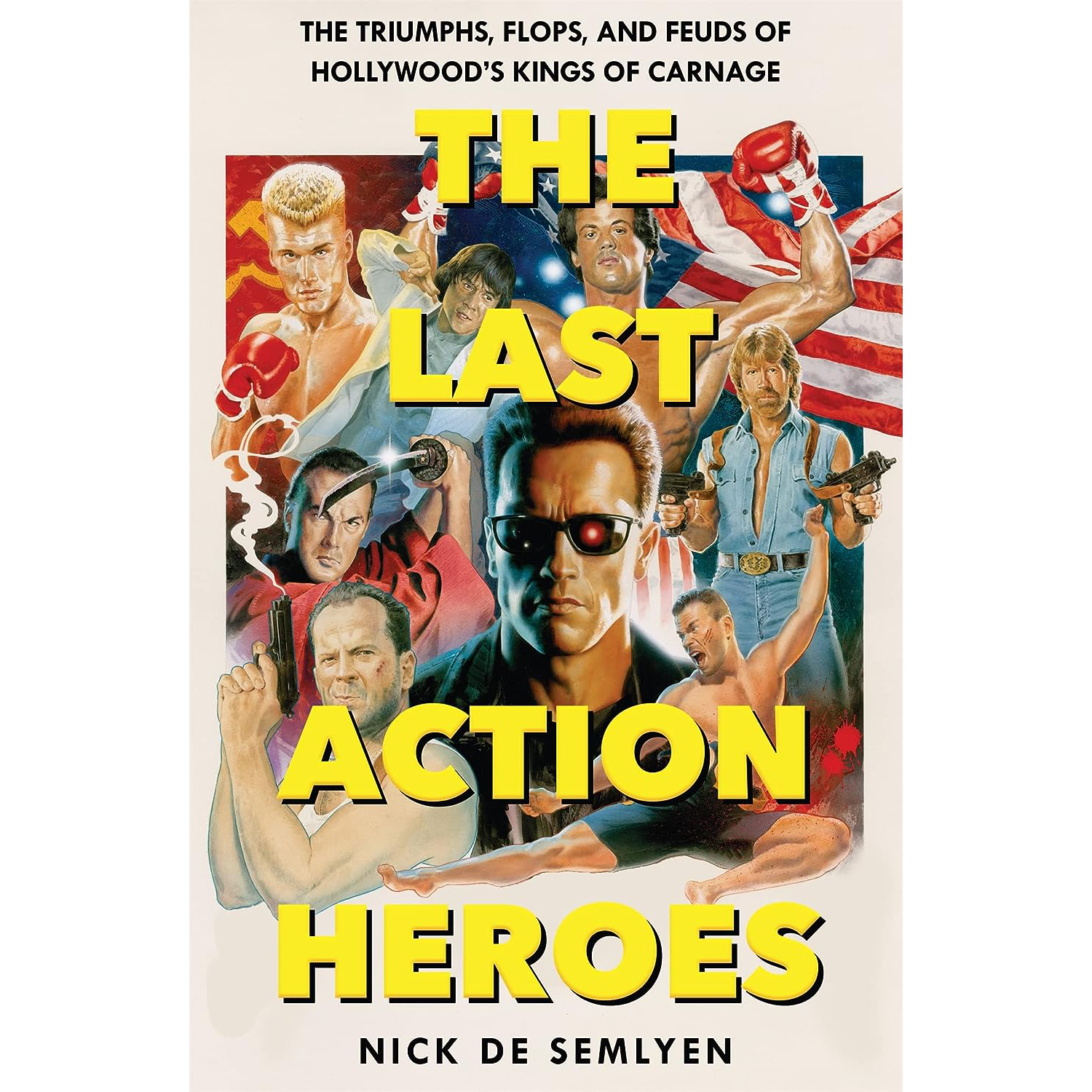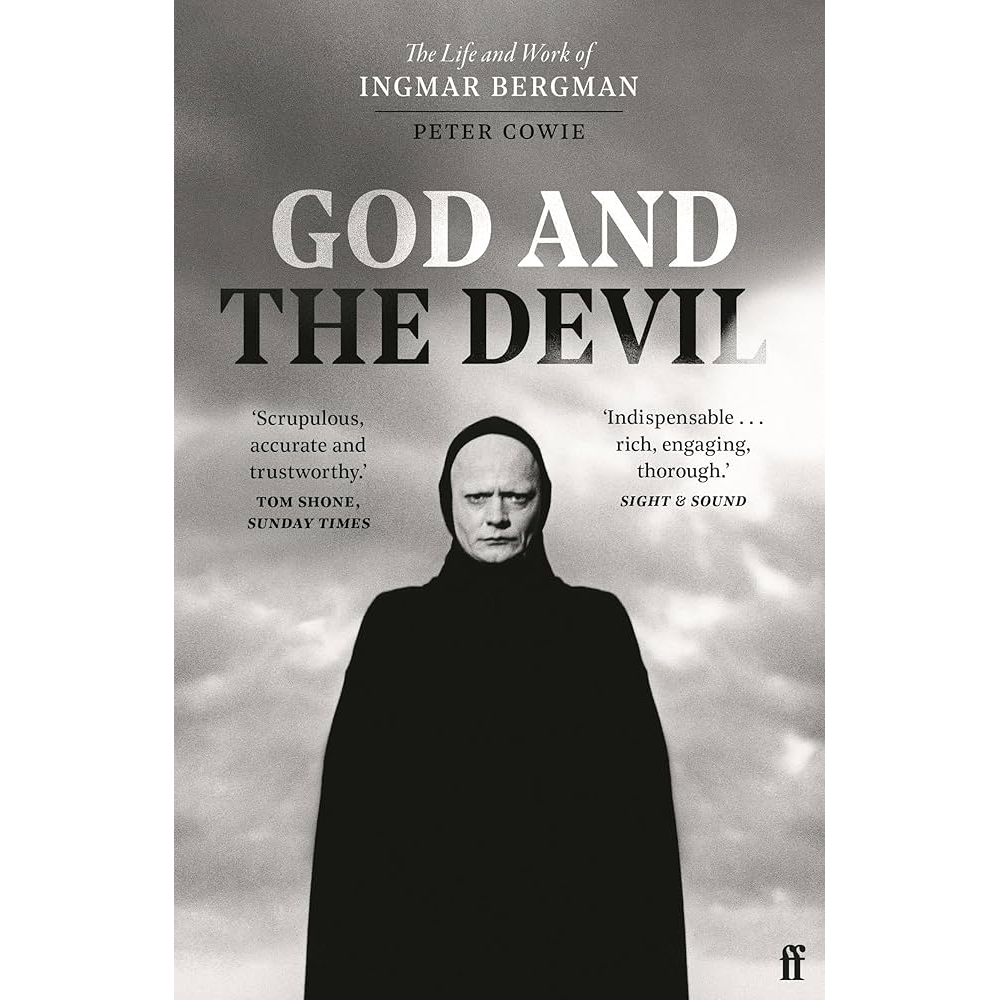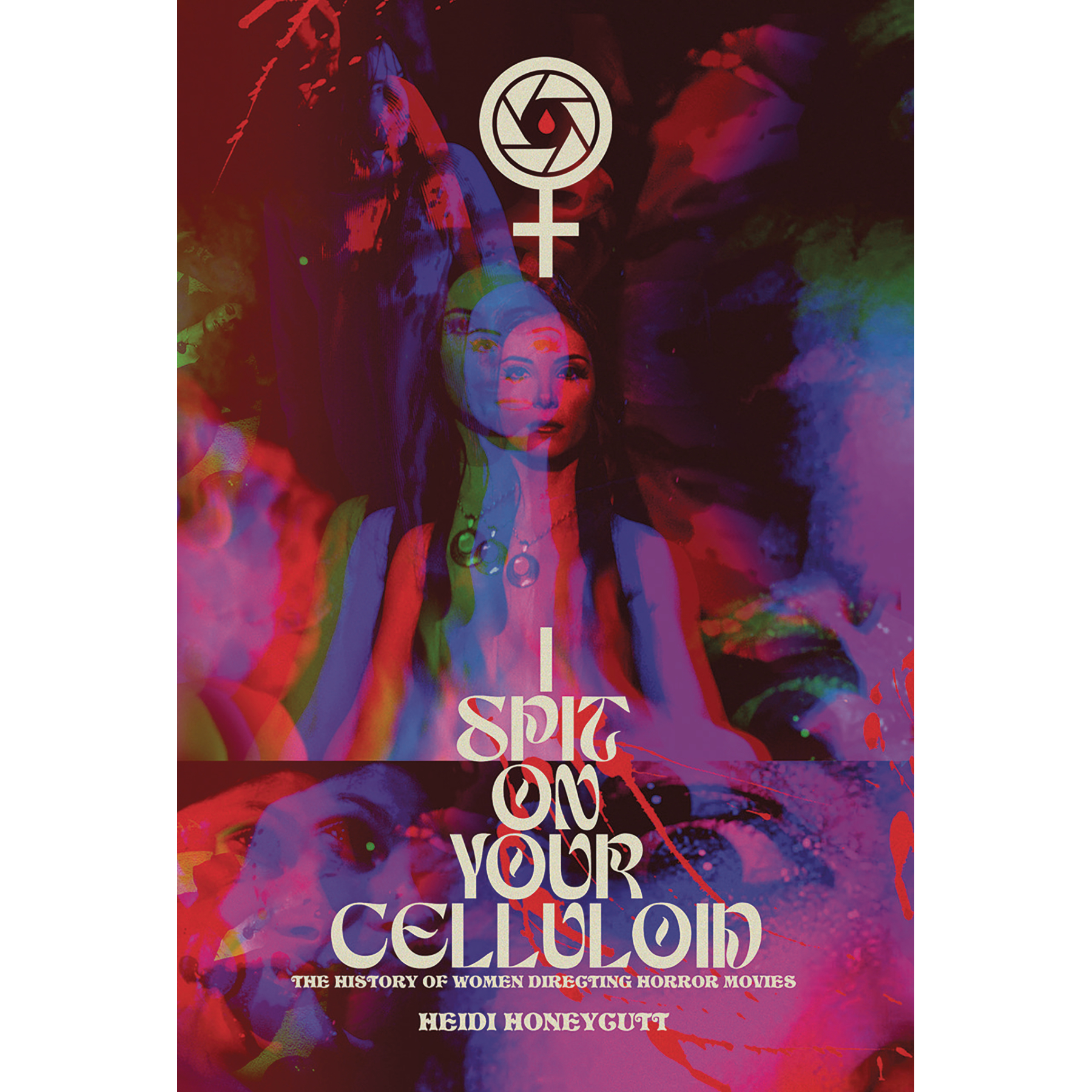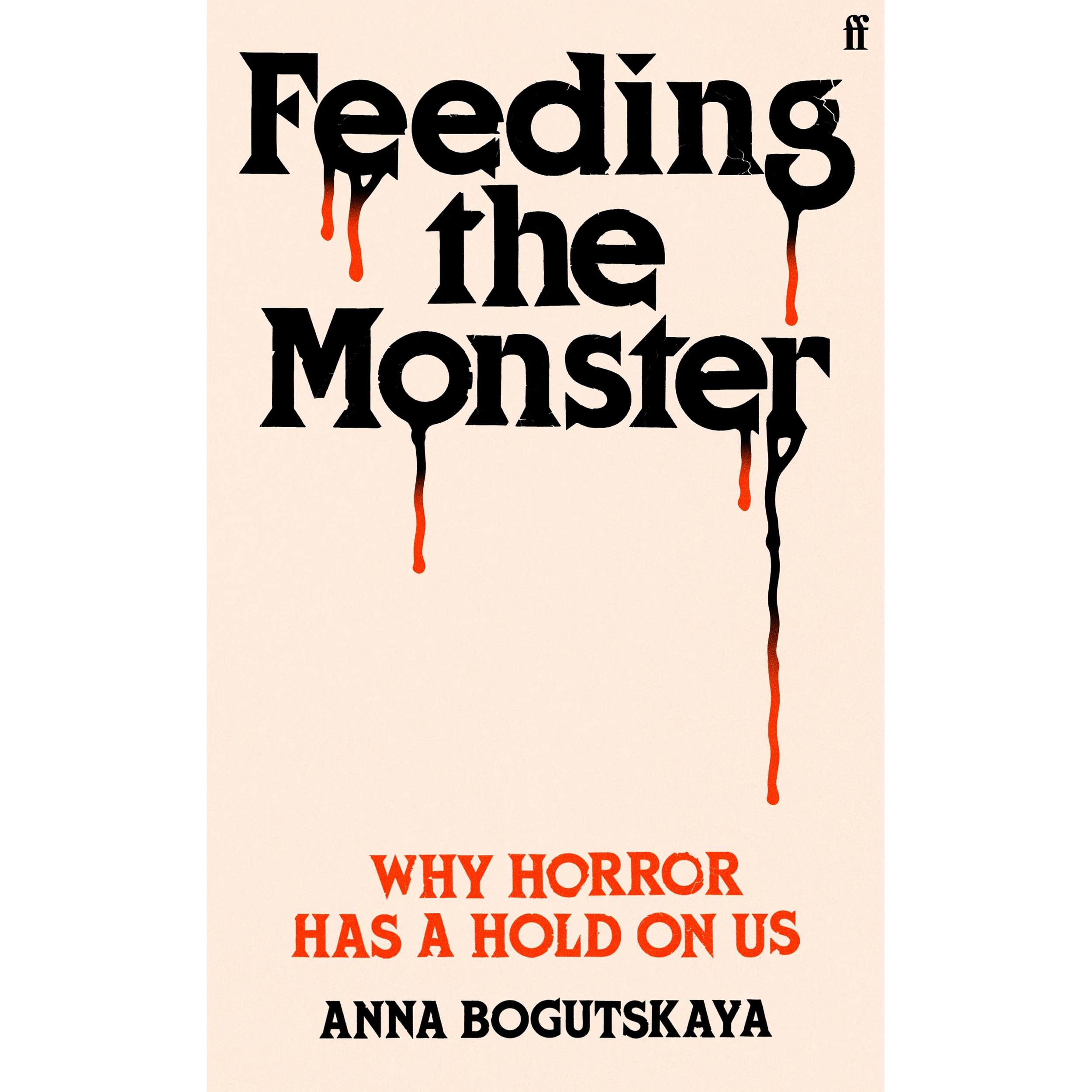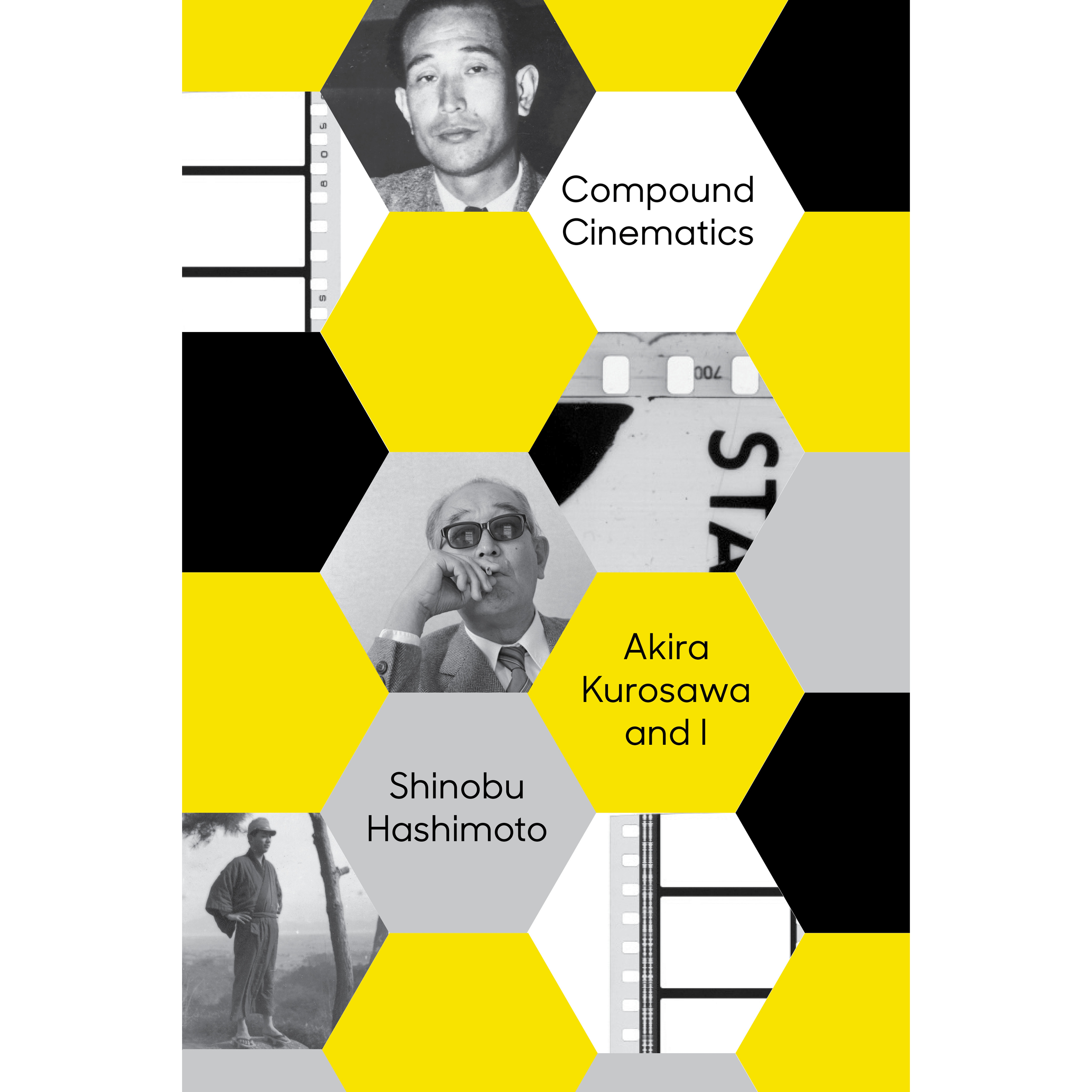 Image 1 of
Image 1 of


Compound Cinematics
Compound Cinematics: Akira Kurosawa and I | By Shinobu Hashimoto | Translated by Lori Hitchcock Morimoto
Any list of Japan’s greatest screenplay writers would feature Shinobu Hashimoto at or near the top. This memoir, focusing on his collaborations with Akira Kurosawa, a gifted scenarist in his own right, offers an indispensable insider account for fans and students of the director’s oeuvre and invaluable insights into the unique process that is writing for the screen. The author’s first book ever to appear in English, Compound Cinematics also stands as a moving reckoning of sorts.
The vast majority of Kurosawa works were filmed from screenplays that the director co-wrote with a stable of stellar scenarists, many of whom he discovered himself with his sharp eye for all things cinematic. Among these was Shinobu Hashimoto, who caught the filmmaker’s attention with a script that eventually turned into Rashomon. Thus joining “Team Kurosawa” the debutant immediately went on to play an integral part in developing and writing two of the grandmaster’s most impressive achievements, Ikiru and Seven Samurai.
Just as with the indelible presence of actors Toshiro Mifune and Takashi Shimura on screen, Kurosawa’s masterpieces probably would not have been the same without the key roles off screen of Hashimoto, his buddy Ryuzo Kikushima (Stray Dog, Yojimbo, High and Low), and the venerable Hideo Oguni, whom the hotheaded director brought in to serve as a command tower for the team’s singular creative process. The details of the intense, competitive method and its vagaries form the core of the book.
Compound Cinematics: Akira Kurosawa and I | By Shinobu Hashimoto | Translated by Lori Hitchcock Morimoto
Any list of Japan’s greatest screenplay writers would feature Shinobu Hashimoto at or near the top. This memoir, focusing on his collaborations with Akira Kurosawa, a gifted scenarist in his own right, offers an indispensable insider account for fans and students of the director’s oeuvre and invaluable insights into the unique process that is writing for the screen. The author’s first book ever to appear in English, Compound Cinematics also stands as a moving reckoning of sorts.
The vast majority of Kurosawa works were filmed from screenplays that the director co-wrote with a stable of stellar scenarists, many of whom he discovered himself with his sharp eye for all things cinematic. Among these was Shinobu Hashimoto, who caught the filmmaker’s attention with a script that eventually turned into Rashomon. Thus joining “Team Kurosawa” the debutant immediately went on to play an integral part in developing and writing two of the grandmaster’s most impressive achievements, Ikiru and Seven Samurai.
Just as with the indelible presence of actors Toshiro Mifune and Takashi Shimura on screen, Kurosawa’s masterpieces probably would not have been the same without the key roles off screen of Hashimoto, his buddy Ryuzo Kikushima (Stray Dog, Yojimbo, High and Low), and the venerable Hideo Oguni, whom the hotheaded director brought in to serve as a command tower for the team’s singular creative process. The details of the intense, competitive method and its vagaries form the core of the book.
Compound Cinematics: Akira Kurosawa and I | By Shinobu Hashimoto | Translated by Lori Hitchcock Morimoto
Any list of Japan’s greatest screenplay writers would feature Shinobu Hashimoto at or near the top. This memoir, focusing on his collaborations with Akira Kurosawa, a gifted scenarist in his own right, offers an indispensable insider account for fans and students of the director’s oeuvre and invaluable insights into the unique process that is writing for the screen. The author’s first book ever to appear in English, Compound Cinematics also stands as a moving reckoning of sorts.
The vast majority of Kurosawa works were filmed from screenplays that the director co-wrote with a stable of stellar scenarists, many of whom he discovered himself with his sharp eye for all things cinematic. Among these was Shinobu Hashimoto, who caught the filmmaker’s attention with a script that eventually turned into Rashomon. Thus joining “Team Kurosawa” the debutant immediately went on to play an integral part in developing and writing two of the grandmaster’s most impressive achievements, Ikiru and Seven Samurai.
Just as with the indelible presence of actors Toshiro Mifune and Takashi Shimura on screen, Kurosawa’s masterpieces probably would not have been the same without the key roles off screen of Hashimoto, his buddy Ryuzo Kikushima (Stray Dog, Yojimbo, High and Low), and the venerable Hideo Oguni, whom the hotheaded director brought in to serve as a command tower for the team’s singular creative process. The details of the intense, competitive method and its vagaries form the core of the book.

